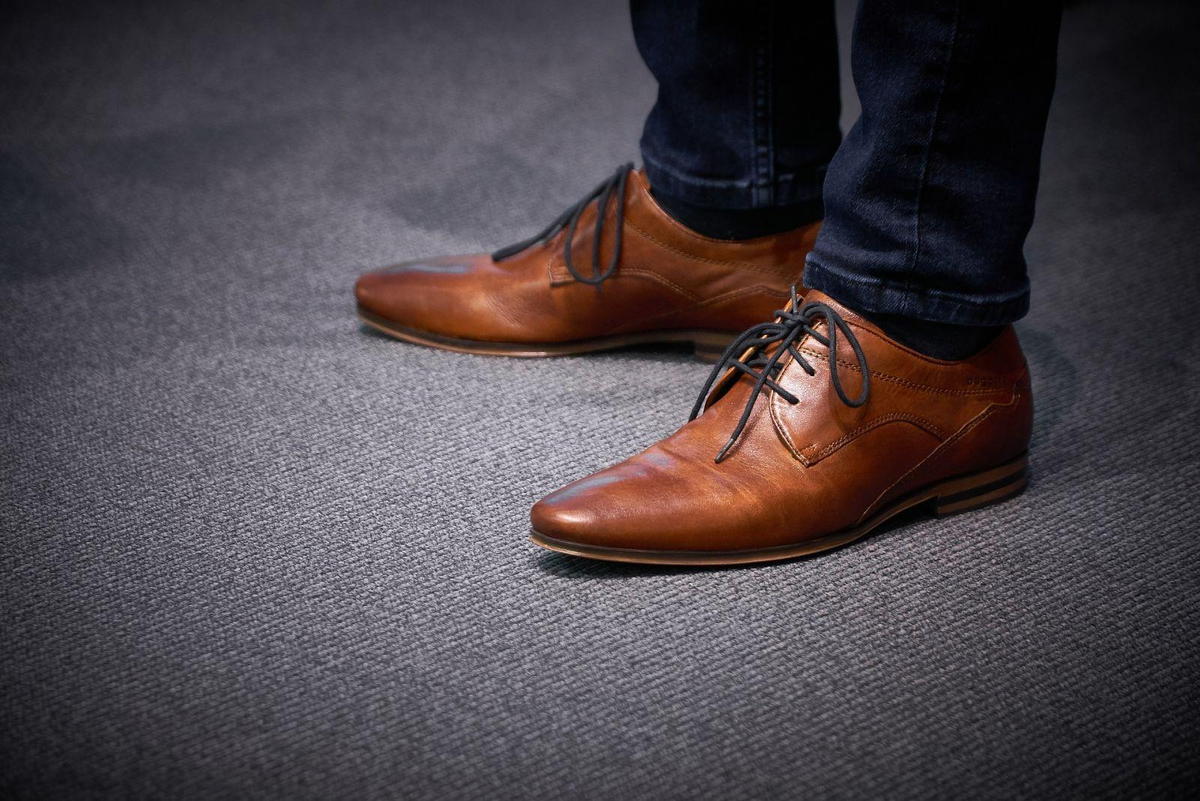- posted: Sep. 13, 2021
At Feet First Foot Care Specialists, we know as our Middlesex County patients switch from summer sandals to fall footwear, the transition may not go as smoothly as we like. Summer shoes tend to be more open and not as constricting as closed styles which become the norm in the fall.
Three common podiatric problems you may see in the fall and what to do about them:
Problem: Athlete’s foot. shoes invite fungal and bacterial infections. With all the barefoot traffic summer sees around swimming pools and in seaside changing areas and restrooms, infections are prevalent. If you’ve started back to the gym, there’s a high likelihood infection is present in communal showers and locker rooms. These dark, moist spaces are the perfect breeding ground for athlete’s foot and toenail fungus.
Solution: Foot infections spread by direct contact. Keeping your feet covered in public places will help prevent you from getting one. Try not to wear the same pair of shoes multiple days in a row. Allow a day or two in between uses for shoes to air out. Choose shoes made of natural, breathable materials.
Problem: Heel Pain. If one of the reasons you hate to see summer end is because you love living in flip-flops, there’s a good chance your heels will be hurting once you go back to regular shoes. That’s because traditional flip-flops do not provide any arch support. It, in turn, aggravates the plantar fascia—a long band of tissue along the bottom of your foot—and causes your heels to hurt.
Solution: Try to gradually transition to traditional shoes, wearing them a few hours a day and increasing usage slowly. You may also need to do some stretching exercises to help decrease inflammation in the plantar fascia.
Problem: Bunion Pain. Ah, it was so nice to wear open-toed shoes that didn’t press on your bunion and make it hurt! Going back to closed-toe styles may mean an increase in the pain and discomfort you experience from your bunions.
Solution: Some additional padding may help to protect a sensitive bunion. You may also have to consider shoes that are a little larger or at least designed with a roomier toe box. It may also be time to have the podiatrist check to see if your bunion progresses to a point where a different treatment plan is necessary.
With all of the above foot problems and any new uncomfortable symptoms you develop, if they persist, it’s best not to put off making an appointment at our Cromwell office by calling 860-632-5499. Our podiatrist, Dr. Adam Mucinskas, will examine your feet and track down the source of your discomfort as well as the best solution to bring you relief.
Questions or Comments?
We encourage you to contact us whenever you have an interest or concern about our services.
Call Today (860) 632-5499
162 West St Ste K Cromwell, CT 06416






